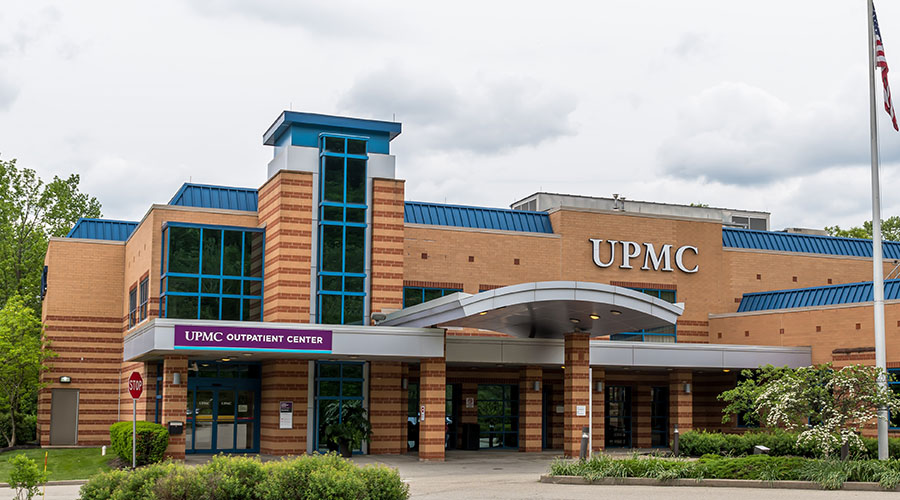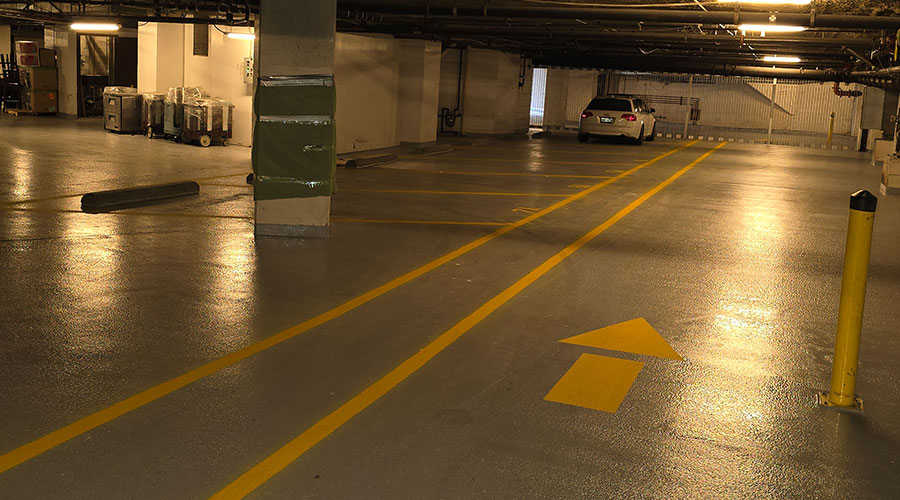Peanuts, Cracker Jack and ... Falling Concrete?
 It takes a near-disaster, apparently, to bring any real public attention to preventive maintenance of facilities.
It takes a near-disaster, apparently, to bring any real public attention to preventive maintenance of facilities.
That is one lesson you could take from an incident at Wrigley Field in Chicago in July, when a large chunk of concrete fell from the 90-year-old structure and narrowly missed a small boy and his father. The incident was one of three such events at the stadium in recent months. Now, netting protects fans from falling objects.
The incident attracted national attention, which shouldn’t be surprising, given the reverence many baseball fans have for the Friendly Confines and its ivy-covered outfield walls. The event also brought criticism that the team has not devoted enough money and time to inspecting and repairing the structure, despite assurances from the team that it has.
Once the dust settles from these debates and engineers have diagnosed the problem and recommended a remedy, the team no doubt will find additional money, if needed, to make repairs and renovations and keep the ballpark safe and comfortable for fans.
In watching all of this unfold, I couldn’t help but think of maintenance and engineering managers — particularly those in large urban school districts — who might properly wonder what they have to do to attract anywhere near this level of attention to the plight of their own buildings.
The decrepit state of many of the nation’s K-12 schools has been well documented in the last decade. But there are few signs, if any, of real progress in alleviating the deferred maintenance backlog managers struggle with year after year. For example, Maryland in February estimated that it would cost $3.85 billion to bring every state school up to minimum safety and health standards.
Contrast this situation with the events surrounding Wrigley Field — where team and city officials snapped into action and are devoting a great deal of time and money to address the problem — and one has to wonder what sort of publicity stunt it would take to bring sustained public attention to the condition of America’s schools.
Short of throwing a chunk of concrete from the roof, the challenge for managers is to find ways to turn the nation’s public schools into friendly confines.
Related Topics:








 It takes a near-disaster, apparently, to bring any real public attention to preventive maintenance of facilities.
It takes a near-disaster, apparently, to bring any real public attention to preventive maintenance of facilities.



